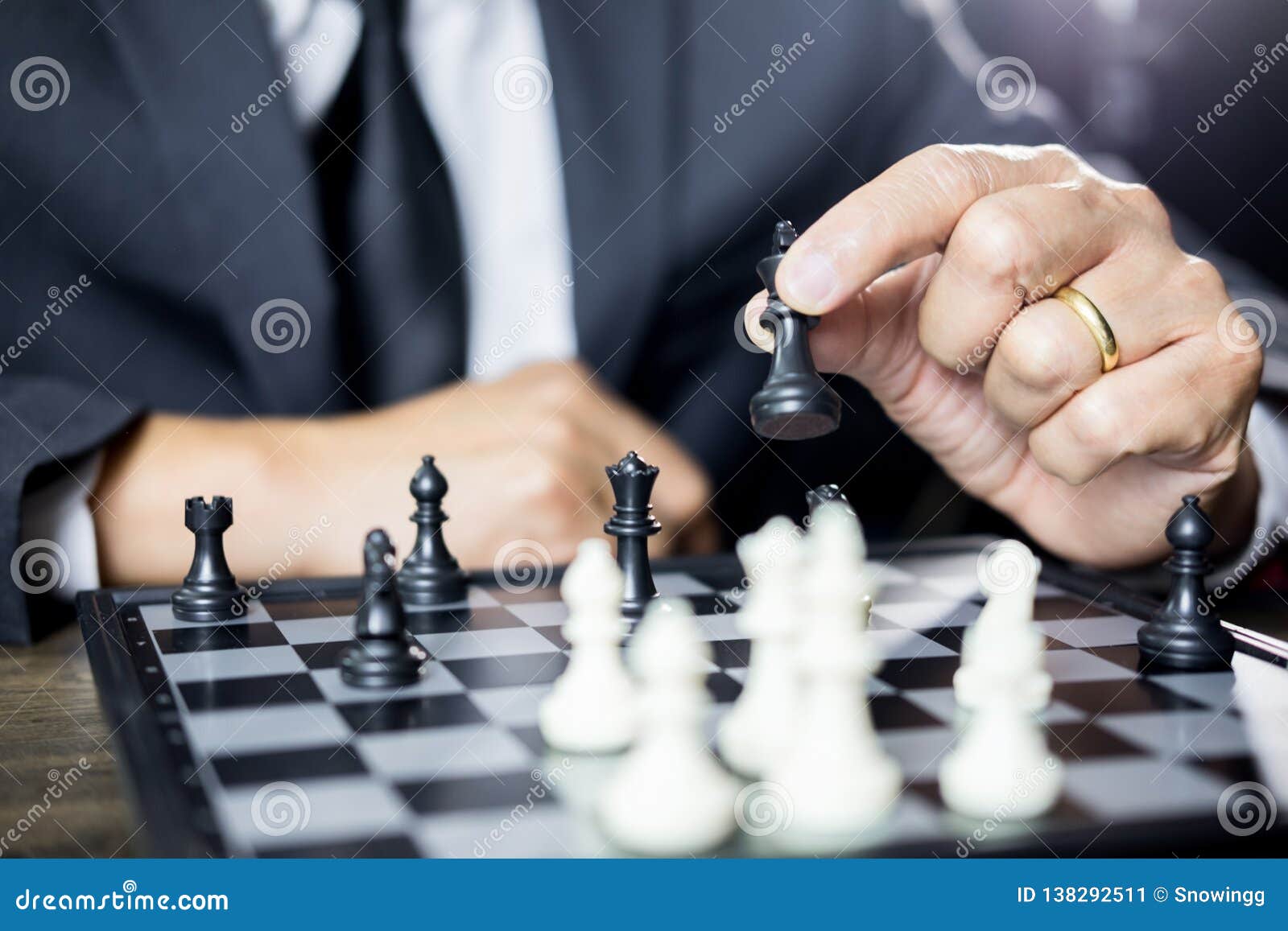Levels 1-3 are tactics, things computer systems do perfectly. You need to perform these tasks when it is usually your choose move. Level 4 is definitely positional thinking, which in turn you perform mainly because it` s the opponent` s turn in order to move. Positional view involves tradeoffs, thus deciding what to do is extra of the art as compared to a science.
Stage One Checks plus Checkmate Threats
Find all of your current checks. Examine each and every one. In case you notice a sequence that leads to a pushed win, play this.
If you don` capital t get a sequence that leads to some pressured win, then take a look at all of typically the opponent`s bank checks. Should you see the sequence that leads to be able to a forced loss, prevent it.
Discover all of your current moves that endanger to checkmate in the following shift. If your adversary can`t halt the mate, enjoy the threatening move.
In the event you don` capital t see an unstoppable checkmate threat for you, then examine your opponent` s i9000 options. If they can threaten in order to checkmate you, avoid it.
If generally there will be no dangerous examine or checkmate dangers, examine all regarding the possible reflects.
Level Two Captures
Find all the captures. If any kind of of these get material, find typically the one which wins the most.
Find most your opponent` t captures. If any of these win material, get the one that is victorious by far the most.
Compare. In the event that your best get wins more materials than his greatest capture, play your capture. If his / her best capture is victorious more material than your best capture, prevent his catch.
In capturing sequences, watch out regarding in-between moves exactly where the opponent takes on something other compared to the expected recapture.
If there are no check ups or captures that win material, appearance for threatening techniques.
Level Three Risks
Find the greatest threat for each side. If your own is the largest, play it. In case his is the biggest, avoid it.
Examples of Hazards
Simple Attacks (For example a pawn move that problems a knight. )
Forks (One item attacking two parts in different instructions. All pieces might fork. )
Skewers (A bishop, rook, or queen problems two pieces upon the same collection. A line can be a rank, file, or even diagonal. If the particular attacked piece techniques, the main one behind that can be grabbed. )
Double Bank checks (One piece goes with check, although a piece behind it also provides check. )
Uncovered and Double Episodes (Your piece movements, exposing panic anxiety attack by simply another one of the pieces against the opponent`s piece. If the moving piece also can make a threat that is called some sort of double attack. )
Pins (A pinned piece can often be successfully attacked by a pawn. It also loses handle over squares this would normally handle so those pieces can be utilized by the opponent. )
Trapped Pieces (Pieces that have nowhere to maneuver when attacked by pawns. Bishops are really often trapped simply by pawns. )
Pawn Promotion (Safely getting a pawn through to be able to the eighth position is a frequent winning idea. )
Overloaded Pieces (A piece may become tied down to guarding more than one square. Transferring a piece to 1 of those potager forces the defensive player to stop the protection of some other square.
Clearance sacrifices. A piece moves, frequently a new sacrifice, to leave one other piece occupy it is previous square and create powerful hazards.
Level Four Positional Ideas

If there will be no checks, records or threats, search for ways to improve your position, or even weaken the opposition` s. There will be many positional tips to choose coming from. Here are several key tips.
Opponent`s Prepare
Ask yourself, What will my opponent want to do? In the event that it is harmful, stop it.
Part Placement
Identify your most inactive piece and try in order to find a better square for it.
Pieces that may make many goes are stronger compared to those with fewer choices.
Pieces which can be blocked by your own pawns or pieces are poorly placed.
https://caseychesstutoring.com of which threaten to catch the opponent` s i9000 pieces or pawns are well placed.
Pawns and Potager
Pawns are most powerful when they happen to be side by aspect.
Pawns that usually are doubled, backward, or even isolated are weaker.
It is generally a smart idea to push the particular rook pawn in front of your castled king in order to avoid back row checkmates. However, this can make it easier for your opponent to trade off the pawns in front of your california king.
If you will be behind in development it is generally a bad idea to create pawn moves.
In the event that there are simply no pawns on the particular central files this is usually the bad idea to move pawns until the particular ending is achieved.
A robust square is one on what your own piece cannot be assaulted by enemy pawns. Usually it really is inside the center or in the adversary` s half regarding the board.
Some sort of weak square is 1 that needs to be guarded by way of a piece.
The pieces in front involving weak pawns are often weak due to the fact enemy pieces could sit there securely.
King Safety
When a king lacks pawn cover, or if an attacker has a lot more pieces than the defender inside the king` s vicinity, typically the king is weak to attack.
Together with the center files obstructed by pawns the king is usually safer in the middle than staying castled.
If more than one of the middle files are open up, the kings are really safer being castled.
If kings fort on opposite attributes, the ball player whose pawns attack the adversary king fastest generally wins.
If the particular enemy has a full, or two rooks, keep the full in the safe position.
When several parts have been exchanged, the king is generally safe from checkmate and should be used actively.
Materials and Exchanges
In the event that you are in advance in material simply by a piece or perhaps more, you do not need in order to win more materials. Play it safe.
The first concept is always? Put on` t allow counterplay.
Strive for even positions in an attempt to reach a new winning ending.
Guard your king!
Do not trade down all the pawns.
If you are driving in material typically the ending is dropped so avoid even trades.
Your greatest chance is to try to checkmate your opponent.
Make an effort to make exchanges which often unbalance the material: knight for bishop, rook and pawn for 2 minor pieces, and so forth. Unbalancing typically the pieces makes it harder for the particular opponent to buy and sell down into the won ending.
Basic Principles
If your opponent provides a poor piece, limited inside of its movements, tend not to exchange it.
Should your opponent has some sort of piece which can easily move to several squares or is usually performing an important task, try to be able to trade for doing it.
In case your opponent offers two pieces that need to occupy the same square to end up being effective, avoid exchanging them.
Following your beginning stage, should your opposition lacks space with regard to his pieces, stay away from piece trades.
Typically the exchange of still one couple of items is often enough to relieve some sort of cramped position.
